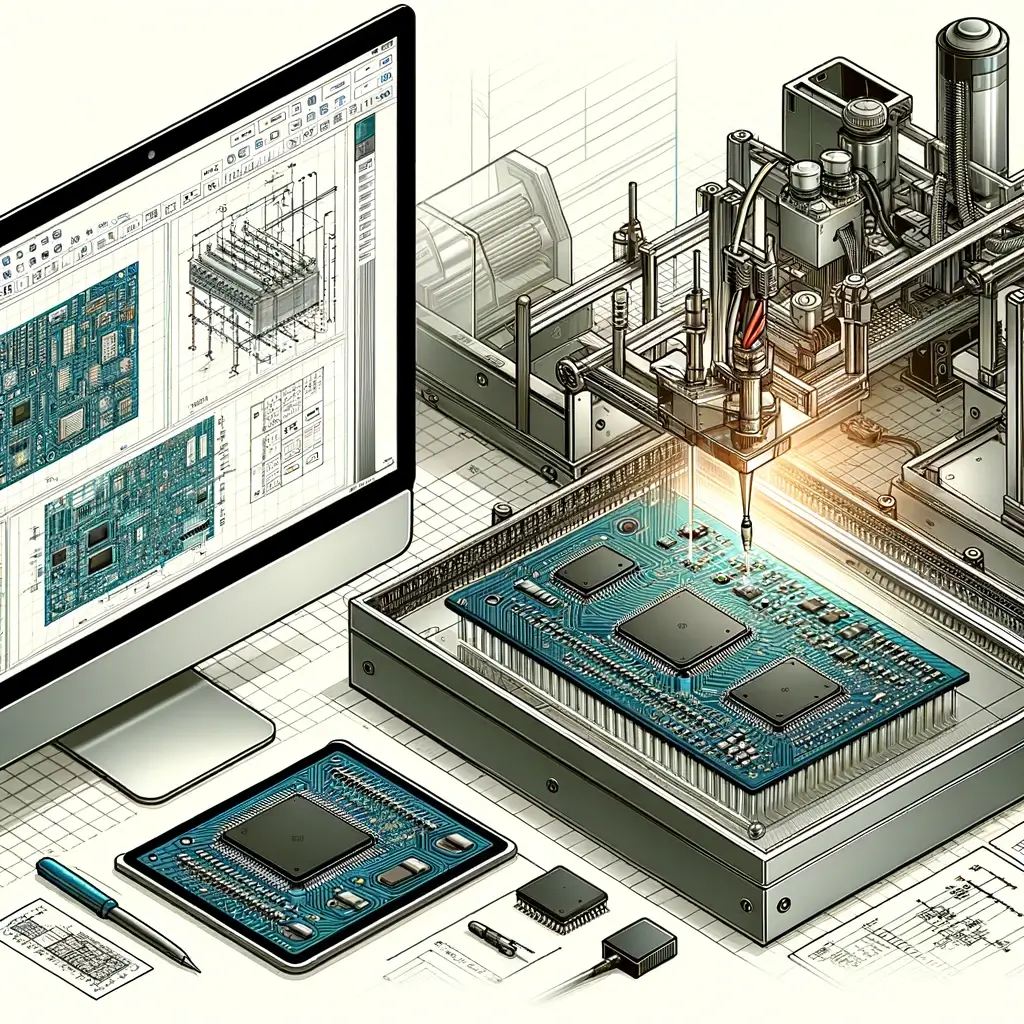All You Need to Know about SMT stencils And Its Types
Surface Mount Technology (SMT) stencils are an essential tool for printed circuit board (PCB) assembly. They come in various types, and it’s essential to determine the right one for your application. This blog post will discuss the different types of SMT stencils and what you need to know about them.
1. Laser-Cut Stencils
Laser-cut stencils are the most common type of SMT stencil. They are made using a laser to cut the stencil material, which is typically 0.1 – 0.2mm thick. The accuracy of the laser-cuts ensures a high-quality stencil, which is ideal for fine pitch components.
2. Electroformed Stencils
Electroformed stencils are made through electroplating. The stencil material is plated onto a substrate in a specific pattern. Electroformed stencils are the ideal choice for high-volume production runs, as they are cheaper to produce and provide excellent repeatability.
3. Nano-Coated Stencils
Nano-coated stencils are becoming popular in the SMT industry due to their long life and excellent print quality. The nanoparticle coating ensures a long-lasting stencil that doesn’t require as much cleaning. This type of stencil is ideal for fine pitch components and high-density boards.
4. Step Stencils
Step stencils are used where different heights are required for different components on the PCB. The step design allows for precise paste deposition, which is important for efficient assembly. This type of stencil is often used in mobile phone and laptop PCBs.
5. Double-Sided Stencils
As the name suggests, double-sided stencils are stencils that have apertures on both sides, allowing for paste application to both sides of the PCB simultaneously. This type of stencil is ideal for complex PCB designs that require tight tolerances.
Conclusion:
In conclusion, SMT stencils are an essential tool for PCB assembly, and selecting the right one for your application can help improve the quality and efficiency of your product. Laser-cut stencils are the most common type of SMT stencil, while electroformed stencils are ideal for high-volume production. Nano-coated stencils offer long-lasting stencil life and excellent print quality, while step stencils are ideal for precise paste deposition. Double-sided stencils are ideal for complex PCB designs that require tight tolerances. With this information, you can select the right SMT stencil for your needs.



